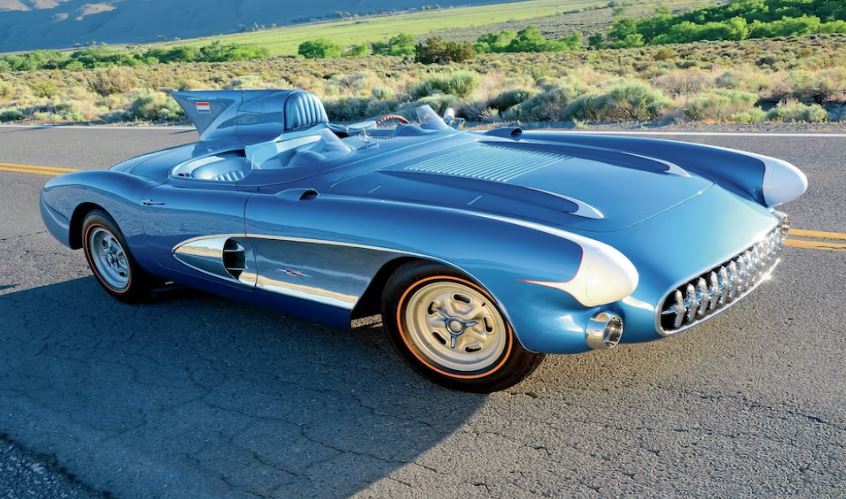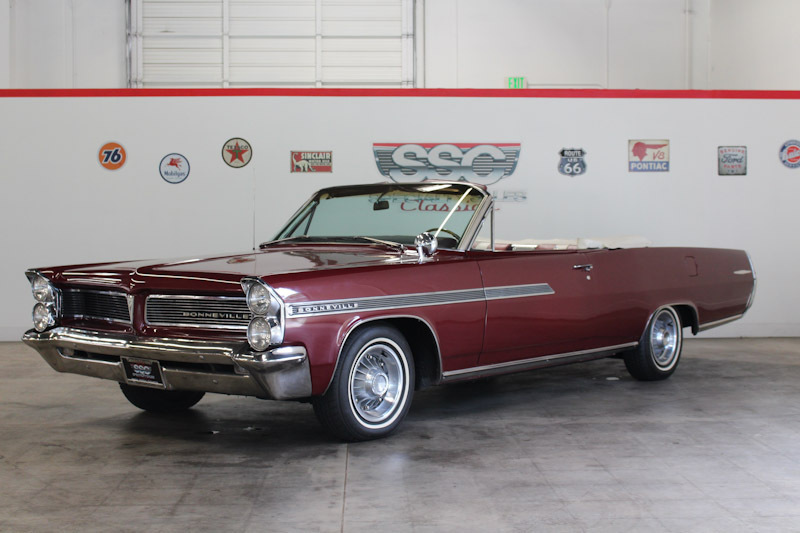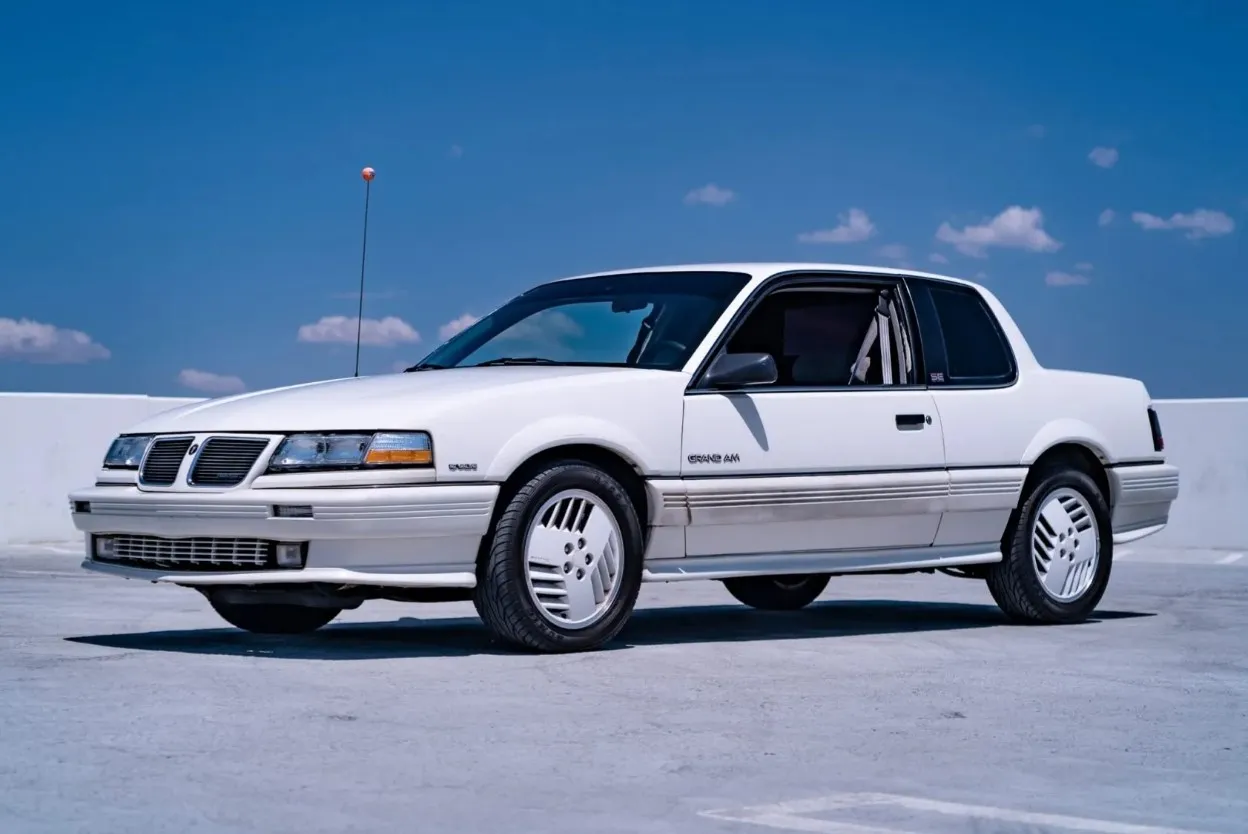In the world of automobiles, few names are as iconic and enduring as the Volkswagen Beetle. For decades, this charming little car has captured the hearts of millions, becoming a symbol of simplicity, reliability, and fun. Among the many iterations of the Beetle, the 1976 model stands out as a testament to its enduring legacy. In this article, we will take a nostalgic journey back to 1976 to explore the Volkswagen Beetle, tracing its history, its impact on popular culture, and its enduring appeal.
Volkswagen: A Brief History
Volkswagen, meaning "people's car" in German, was founded in 1937 by the German Labor Front. The brand's initial objective was to create affordable and reliable transportation for the masses in Germany. With the guidance of Ferdinand Porsche, one of the most influential automotive engineers of the 20th century, Volkswagen developed the Beetle, which would go on to become one of the best-selling cars in history.
Throughout its history, Volkswagen has produced a diverse range of vehicles, including sedans, hatchbacks, SUVs, and vans. However, it is the Beetle that remains the most iconic and beloved model in the brand's lineup, synonymous with the Volkswagen name.
The Volkswagen Beetle: Origins and Evolution
The original Volkswagen Beetle, also known as the Type 1, was designed in the late 1930s by Ferdinand Porsche. It featured a rear-mounted, air-cooled engine and a simple yet functional design that prioritized reliability and affordability.
Over the years, the Volkswagen Beetle underwent numerous updates and improvements while maintaining its signature design and engineering features. The 1976 model, in particular, was part of the "Super Beetle" generation, which debuted in 1971 and featured several significant upgrades compared to earlier models. These updates not only set the 1976 Beetle apart from its predecessors but also contributed to its enduring appeal and popularity.
Design and Styling of the 1976 Volkswagen Beetle
The 1976 Volkswagen Beetle featured a timeless design that remained largely unchanged throughout the car's production run. With its rounded shape, large headlights, and distinctive rear-mounted engine, the Beetle's design is instantly recognizable and remains a symbol of automotive history.
Exterior Design
The 1976 Volkswagen Beetle's exterior design is instantly recognizable, featuring a rounded, almost egg-like shape that has become synonymous with the name "Beetle." This unique silhouette can be traced back to the original Type 1 Volkswagen, which was designed in the late 1930s by Ferdinand Porsche.
Key elements of the 1976 Beetle's exterior design include:
Curved roofline: The Beetle's iconic curved roofline gives the car its distinctive rounded appearance, providing ample headroom for passengers while also contributing to the car's unique aesthetic.
Large headlights: Prominent round headlights are a defining feature of the 1976 Volkswagen Beetle, adding character and charm to the car's front fascia while also providing excellent visibility for nighttime driving.
Sloping rear window: The 1976 Beetle's rear window slopes gently towards the rear of the car, enhancing its streamlined appearance and providing a clear view for drivers.
Pronounced fenders: The Beetle's pronounced fenders not only add to the car's distinctive design but also serve a practical purpose, helping to protect the body from road debris and splashes.
Rear-mounted engine: The placement of the engine at the rear of the car is a key aspect of the Beetle's design, contributing to its unique sound and driving characteristics.
Interior Design
The 1976 Volkswagen Beetle's interior design prioritizes functionality and simplicity, with a focus on practicality and ease of use. Some of the key features of the Beetle's interior design include:
Minimalist dashboard: The Beetle's dashboard is designed with simplicity in mind, featuring a single, central speedometer, basic controls, and a glove box for storage.
Comfortable seating: While not as luxurious as those found in more upscale vehicles, the seats in the 1976 Beetle are comfortable and offer ample space for passengers.
Easy-to-use controls: The Beetle's controls are designed for ease of use, with straightforward and intuitive operation.
Modest cargo space: The 1976 Volkswagen Beetle offers modest cargo space, with a small trunk located at the front of the car and additional storage behind the rear seats.
Engineering Principles
The 1976 Volkswagen Beetle's design is underpinned by a focus on simplicity, reliability, and functionality. These principles are evident in the car's engineering, which includes:
Rear-mounted, air-cooled engine: The Beetle's unique engine configuration contributes to its distinctive sound and offers a number of advantages, including simplicity, reliability, and ease of maintenance.
Lightweight construction: The Beetle's lightweight construction enhances its maneuverability and handling, making it an enjoyable and engaging vehicle to drive.
Rear-wheel-drive layout: The rear-wheel-drive layout of the 1976 Beetle provides a balanced driving experience, with power being sent to the rear wheels for improved traction and control.
Simple suspension system: The 1976 Volkswagen Beetle features a straightforward suspension system, with the Super Beetle generation introducing a McPherson strut-based front suspension for improved handling and ride comfort.
Engineering and Performance of the 1976 Volkswagen Beetle
The 1976 Volkswagen Beetle was powered by a rear-mounted, air-cooled, flat-four engine. This unique engine configuration contributed to the car's distinctive sound and offered a number of advantages, including simplicity, reliability, and ease of maintenance. The 1976 model was available with either a 1.3-liter or a 1.6-liter engine, both of which provided modest but adequate power for everyday driving.
The Beetle's transmission was a four-speed manual gearbox, which allowed drivers to make the most of the car's available power. While the Beetle was not a performance car by any means, its lightweight construction and rear-wheel-drive layout made it an enjoyable and engaging vehicle to drive.
One of the most significant updates for the Super Beetle generation, including the 1976 model, was the introduction of a new front suspension system. This McPherson strut-based system offered improved handling and ride comfort compared to the torsion bar setup used in earlier models.
The 1976 Beetle also featured a braking system that included disc brakes at the front and drum brakes at the rear. This combination provided the car with sufficient stopping power, ensuring that it remained safe and controllable in a variety of driving conditions.
The 1976 Volkswagen Beetle Convertible
In addition to the standard hardtop model, the 1976 Volkswagen Beetle was also available as a convertible. The convertible model retained the same iconic design and engineering features as the hardtop, but with the added appeal of open-air motoring.
The Beetle convertible featured a manually operated folding soft top, which could be easily lowered to enjoy sunny days and warm weather. When raised, the soft top provided ample protection from the elements, ensuring that the car remained practical and usable in all conditions.
The Legacy of the 1976 Volkswagen Beetle
The 1976 Volkswagen Beetle marks a significant milestone in the car's production history, as it was the final year of the Super Beetle generation.While production of the Beetle continued in various forms until 2003, the 1976 model remains a sought-after classic among car enthusiasts and collectors.
The Beetle's enduring appeal is due in part to its iconic design, which has remained largely unchanged throughout the car's history. This timeless design, coupled with the Beetle's reputation for reliability and ease of maintenance, has ensured that it remains a popular choice for those seeking a classic car with character and charm.
Furthermore, the 1976 Volkswagen Beetle serves as a symbol of a different era in automotive history, when simplicity, affordability, and functionality took precedence over luxury and performance. As a result, the Beetle has earned a special place in the hearts of car enthusiasts around the world, who appreciate its unique combination of style, history, and engineering prowess.
The 1976 Volkswagen Beetle in Popular Culture
The 1976 Volkswagen Beetle, like its predecessors, has featured prominently in popular culture, appearing in numerous films, television shows, and advertisements. Perhaps the most famous example is the 1969 film "The Love Bug," which starred a 1963 Volkswagen Beetle named Herbie. This lovable anthropomorphic car captured the hearts of audiences and spawned several sequels, solidifying the Beetle's status as a cultural icon.
The Beetle has also been immortalized in music, with numerous bands and musicians referencing the car in their songs. For example, The Beatles, one of the most influential bands in history, were often photographed with their Volkswagen Beetle, further cementing the car's connection to popular culture.
Collecting and Restoring a 1976 Volkswagen Beetle
For car enthusiasts and collectors, the 1976 Volkswagen Beetle represents an excellent opportunity to own a piece of automotive history. While finding a pristine, original-condition example may be challenging, there are numerous resources available to assist with locating and restoring a classic Beetle.
Online forums, clubs, and enthusiast websites are great places to connect with other Beetle owners, share information, and seek advice on restoring and maintaining a 1976 Volkswagen Beetle. Additionally, there is a thriving market for vintage Volkswagen parts, making it relatively easy to source the necessary components for a restoration project.
The 1976 Volkswagen Beetle's enduring appeal, iconic design, and historical significance make it a popular choice for collectors and enthusiasts. Whether you're interested in owning a classic Beetle for nostalgic reasons or simply appreciate its unique engineering and timeless style, the 1976 model represents a piece of automotive history that continues to captivate and inspire.
The 1976 Volkswagen Beetle is an automotive icon, representing the culmination of decades of design, engineering, and production history. With its distinctive shape, rear-mounted engine, and simple yet functional interior, the Beetle remains one of the most recognizable and beloved cars in the world.
The 1976 model, in particular, serves as a symbol of an era when affordability, reliability, and functionality were the priorities in automotive design. As a result, the Beetle has earned a special place in the hearts of car enthusiasts and collectors, who continue to celebrate and preserve its unique combination of style, history, and engineering prowess.
Whether you're a longtime Beetle fan or simply appreciate the car's timeless appeal, the 1976 Volkswagen Beetle is a classic that will continue to captivate and inspire for generations to come.



